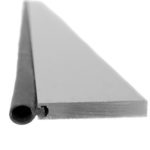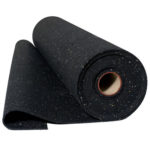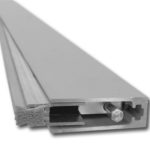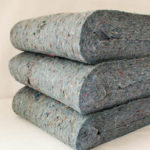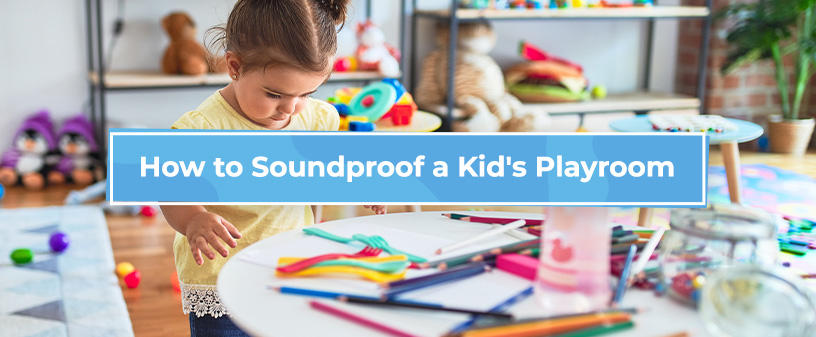
Kids love having a dedicated place to play — and parents love it too. With a playroom in your home, you can keep all of your little ones’ toys in one space where they can have fun while you keep the rest of the home clutter-free.
As convenient as a dedicated playroom can be, most rooms will still let the noise your kids make while playing spread throughout the house. Can play and peace live side by side? Soundproofing techniques make it possible, so explore the best ways to ensure your kids can have fun without disrupting the rest of the house.
Walls and Ceilings
As your kids play, the noise they make will pass through your playroom walls and ceiling into the rest of your house. Thick, dense walls reduce noise transfer, and there are a few ways to increase your playroom walls’ density.
If you’re building a new room or are willing to renovate, you can decouple the playroom’s walls by creating a second wall with space between it and the original. Increase the wall’s density by installing mass loaded vinyl sheets on the inside. You can also fill the area with acoustic insulation to increase density and introduce absorptive properties.
Inside the playroom, you can install acoustic panels that add mass while absorbing sound energy. There are various types of acoustic panels for walls and ceilings, including art acoustic panels that you can customize with a design or image that fits the playful setting.
Floors
Floors present another unique challenge for playroom soundproofing. Your kids are bound to stomp, thump and bounce on the playroom floor, causing vibrations that shake the rafters. Sound dampening can help you reduce the structural vibrations that run through the floor as your kids play.
You can dampen sound using standard household furnishings and boost the effects with soundproofing products. Laying down a rug or carpet will soften the floor somewhat, but adding another soft material underneath will make it more effective.
Flooring underlayments are rubber sheets that soundproof the floor by softening its surface. You can install flooring underlayment underneath a rug or carpet. All you need to do is unroll the underlayment onto the hard surface beneath your carpet or rug, cut it to size and cover it.
Flooring underlayment works with any material, making it an excellent soundproofing product for kids’ playrooms. Install the underlayment under a carpet for maximum softness. You can also place underlayment beneath vinyl flooring to increase softness while keeping a spill-proof floor material in the playroom.
Doors
Noise is also great at finding cracks and gaps to wiggle through. The playroom’s door likely has spaces between it and the floor or frame, making it a prime place for sound to escape.
Two helpful soundproofing tools can prevent noise from escaping under and around the door — door sweeps and door seals. Door sweeps attach to the bottom of the door and feature a rubber strip that seals the gap. Door seals are similar but fill the gaps around the door’s perimeter.
Thin doors also allow noise to move through the surface. Fortunately, there are specialized acoustic panels for doors. Quiet Door™ Acoustic Panels stick to the door’s surface to increase density and dampen vibrations. They are made with mineral wool, too, which allows them to absorb noise and control sound inside the room.
Learn More With Soundproof Cow
Applying soundproofing techniques and materials to the walls, ceiling, floors and door will help you enjoy some quiet time while your kids play. Soundproof Cow is here to teach you how to soundproof a playroom and connect you with the tools to do it. We encourage you to check out our soundproofing resources or contact us online to discuss noise solutions for your playroom.





